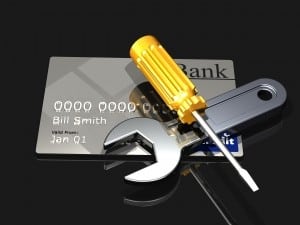 What should I do if I have a bank levy?
What should I do if I have a bank levy?
Many of our clients come to us with bank levies on their accounts. Part of their bankruptcy goal is to remove the levy so that they can access their accounts again. This article will explore how bankruptcy can help remove a levy from your bank account.
Can creditors levy my bank account?
Generally, creditors have three ways of collecting from a debtor after they get a court judgment. They can garnish a debtor’s wages, lien his or her property, or levy his or her bank account. This article specifically focuses on the third method of collection, the bank levy. A bank levy essentially “locks” the debtor’s bank account, and prevents the debtor from accessing the money in the account.
What does the creditor have to do to levy my bank account?
For a creditor to levy a debtor’s account, the creditor must first file with the Court a document called the Writ of Execution. The creditor will then send the writ to the sheriff’s department, which the sheriff will then take to the debtor’s bank. The debtor’s bank will then process the writ and levy the debtor’s bank account. The bank will usually send a notice to the debtor and charge their own internal bank fees for having to process the levy.
Can bankruptcy stop bank levies?
When a debtor files bankruptcy, the Court requires that all collection proceedings immediately stop. This is known as the “automatic stay.” Since a bank levy is a type of collection proceeding, all bank levies have to immediately stop upon the filing of a bankruptcy.
Although the process sounds easy, it is tricky in practice. If the levy has not been placed on a bank account yet, the best thing to do is quickly file the bankruptcy. The bankruptcy will prevent the creditor from taking further action to levy the bank account. If the levy has already been placed, it will require communication and coordination between the creditor, sheriff, and bank to have it removed. In both scenarios, the best action to take is to quickly file the bankruptcy.